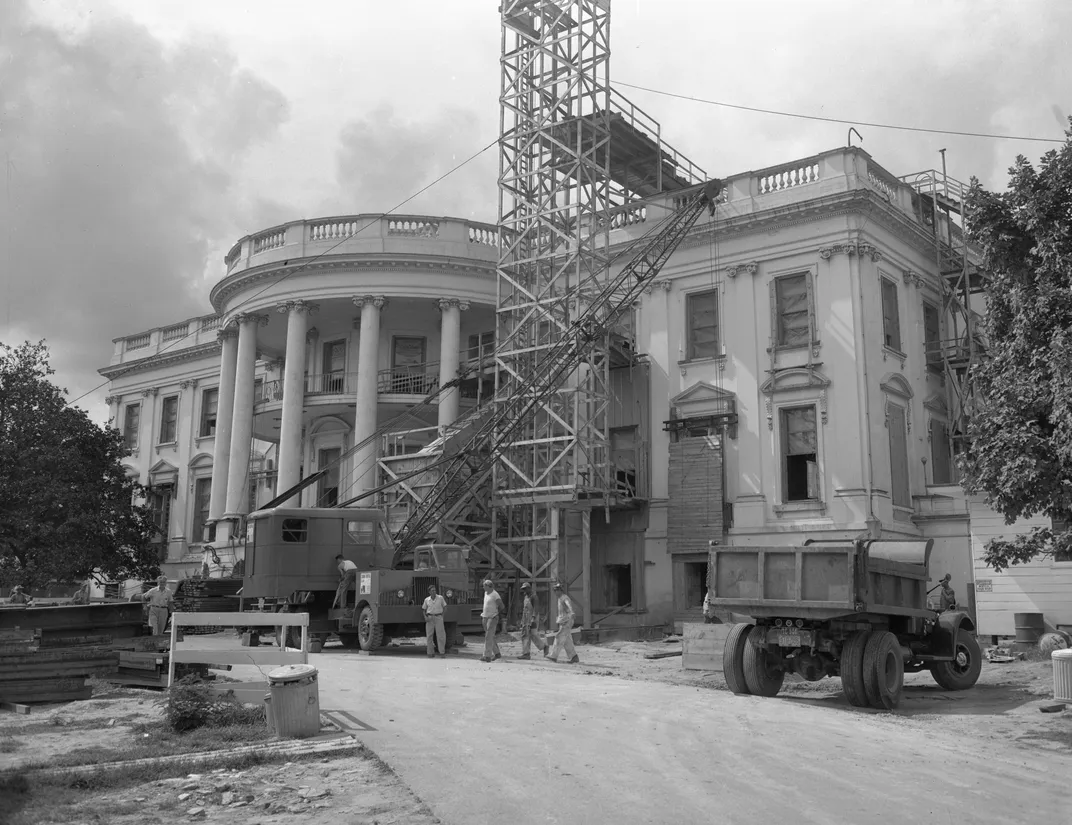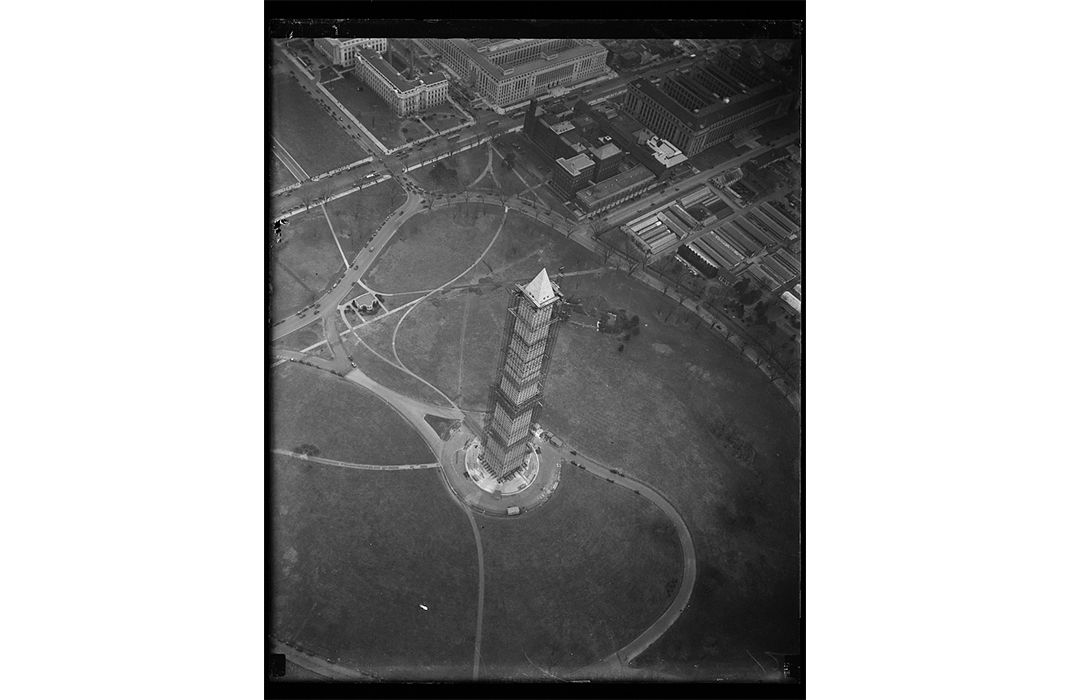Historic Photos of Washington’s Great Monuments, Memorials and Buildings Under Construction
Take a step back in time to see the building of some of D.C.’s most famous icons

/https://tf-cmsv2-smithsonianmag-media.s3.amazonaws.com/filer/03/9f/039f2b1f-168d-4c76-ad66-87dbdb2b24e7/01994_2006_001_a-credit-national_archives_office_of_public_buildings_and_public_parks_of_the_national_capital_1925.jpg)
/https://tf-cmsv2-smithsonianmag-media.s3.amazonaws.com/filer/05/83/0583fe22-891a-4058-a09d-d01744ab11e8/mcwm_construction_a400849.jpg)
/https://tf-cmsv2-smithsonianmag-media.s3.amazonaws.com/filer/e3/76/e376cb6d-3fd6-44a2-96fc-5f473448f919/tumblr_mjeuu5lrwx1s7ctopo1_1280.jpg)
/https://tf-cmsv2-smithsonianmag-media.s3.amazonaws.com/filer/41/bc/41bc75e4-e409-4b1a-846a-31330790d6b6/20849v.jpg)
/https://tf-cmsv2-smithsonianmag-media.s3.amazonaws.com/filer/82/6f/826f89c0-cc86-430f-a309-f10e34bf9b17/361159pv.jpg)

/https://tf-cmsv2-smithsonianmag-media.s3.amazonaws.com/filer/60/30/6030ab1f-d068-41f0-86bc-a587284984d7/12314v.jpg)
/https://tf-cmsv2-smithsonianmag-media.s3.amazonaws.com/filer/4f/04/4f040687-9254-4b33-a060-19308ea841f2/28499v.jpg)
/https://tf-cmsv2-smithsonianmag-media.s3.amazonaws.com/filer/12/d0/12d0f280-1ad9-4992-a360-18615e9f250d/31d4b769-1dd8-b71c-07ad76e483a0be24.jpg)
/https://tf-cmsv2-smithsonianmag-media.s3.amazonaws.com/filer/59/fa/59fa9806-21c2-43b4-b374-65c6de9a1311/318bcba4-1dd8-b71c-07b5cb13a0ea8e3d.jpg)
/https://tf-cmsv2-smithsonianmag-media.s3.amazonaws.com/filer/77/5b/775b232d-9100-454f-9b34-1b8f2964e4c6/hu043682-h.jpg)
/https://tf-cmsv2-smithsonianmag-media.s3.amazonaws.com/filer/bd/23/bd2394cb-3e69-4f21-87b0-a9aaddcfd7a1/ih181157.jpg)
/https://tf-cmsv2-smithsonianmag-media.s3.amazonaws.com/filer/5c/2f/5c2f0411-b0cb-4576-87ee-4d0bc21819a8/na012545-h.jpg)
/https://tf-cmsv2-smithsonianmag-media.s3.amazonaws.com/filer/46/a9/46a94899-eaa5-491a-814a-8788fe6eebb3/ih170966-h.jpg)
/https://tf-cmsv2-smithsonianmag-media.s3.amazonaws.com/filer/ff/5a/ff5abc58-4117-4d0a-9f93-9acb6bae4ac6/ih167609.jpg)
/https://tf-cmsv2-smithsonianmag-media.s3.amazonaws.com/filer/9f/01/9f01aad1-fcf1-4c9b-8f9a-9fbb3823ca7c/be043746.jpg)
/https://tf-cmsv2-smithsonianmag-media.s3.amazonaws.com/filer/5d/23/5d233570-f622-458a-becd-590be77c5a7f/be044143-h.jpg)
Walking on the National Mall, around the Tidal Basin or along historic Pennsylvania Avenue, it can be difficult to imaging that Washington, D.C. was little more than wilderness and plantations when George Washington selected it to be the home of our nation’s capital in 1791. Washington chose Pierre L’Enfant to design the capital city and L'Enfant quickly selected the site for the legislature to meet at the raised area where the U.S. Capital sits today, on the east end of the National Mall. He called the land, "a pedestal waiting for a monument." The building held the chambers of the Senate and the House of Representatives, as well as the Library of Congress and the Supreme Court, until the latter two moved to buildings of their own in the 19th century.
Grand parks and green spaces were all part of L’Enfant’s detailed plan, but the National Mall didn't take its current form until the turn of the 20th century with the creation of the McMillan Commission. The group's members helped pass legislation extending the National Mall west and south of the Washington Monument, providing land for the Jefferson and Lincoln Memorials and the vast green spaces visitors enjoy today. Over time, the Federal City has become home to the historic buildings, inspirational monuments and somber memorials.
Get the latest Travel & Culture stories in your inbox.
Erin Corneliussen | READ MORE
Erin Corneliussen is a multimedia intern at Smithsonian.com.
/https://tf-cmsv2-smithsonianmag-media.s3.amazonaws.com/filer/2a/81/2a814278-e89f-4c27-abb7-f53b10026764/ih197307.jpg)
/https://tf-cmsv2-smithsonianmag-media.s3.amazonaws.com/filer/fb/09/fb09d097-abf1-4e0d-9eef-f840bddbd6f6/u230513acme-h.jpg)
/https://tf-cmsv2-smithsonianmag-media.s3.amazonaws.com/filer/90/d0/90d00d03-693a-456f-9cca-2470ff30e7fa/ih179995.jpg)
/https://tf-cmsv2-smithsonianmag-media.s3.amazonaws.com/filer/86/23/8623a551-8e0e-4329-9ca3-c0b4d9d09148/ih165048.jpg)